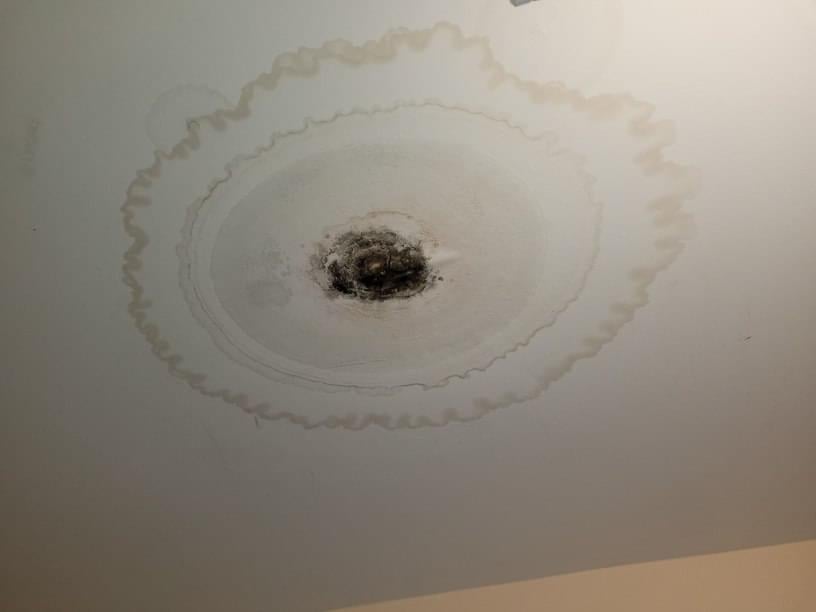Just how to Check If Your Home Has a Concealed Leakage
Just how to Check If Your Home Has a Concealed Leakage
Blog Article
We've stumbled on this article relating to Hacks to detect leaks down the page on the internet and believe it made good sense to write about it with you here.

Early discovery of dripping water lines can alleviate a potential catastrophe. Some little water leakages may not be noticeable.
1. Check Out the Water Meter
Every residence has a water meter. Inspecting it is a guaranteed manner in which helps you find leaks. For beginners, switch off all the water resources. Ensure nobody will flush, use the tap, shower, run the cleaning device or dish washer. From there, most likely to the meter and watch if it will certainly change. Given that nobody is utilizing it, there ought to be no motions. If it moves, that suggests a fast-moving leak. Furthermore, if you find no changes, wait an hour or 2 and also examine back once again. This suggests you may have a slow leakage that might also be below ground.
2. Check Water Consumption
Assess your water costs as well as track your water consumption. As the one paying it, you need to observe if there are any type of discrepancies. If you spot sudden changes, in spite of your consumption coinciding, it means that you have leakages in your plumbing system. Bear in mind, your water expense should drop under the exact same array on a monthly basis. An abrupt spike in your costs suggests a fast-moving leakage.
A consistent boost every month, also with the exact same practices, reveals you have a sluggish leak that's likewise slowly rising. Call a plumber to thoroughly check your residential or commercial property, especially if you feel a cozy location on your flooring with piping beneath.
3. Do a Food Coloring Examination
30% comes from bathrooms when it comes to water consumption. Test to see if they are running correctly. Decrease flecks of food shade in the storage tank and wait 10 mins. There's a leakage in between the tank and dish if the color in some way infiltrates your dish during that time without flushing.
4. Asses Outside Lines
Don't fail to remember to examine your exterior water lines too. Must water leak out of the connection, you have a loosened rubber gasket. One small leak can squander lots of water and also increase your water costs.
5. Inspect and Assess the Circumstance
Homeowners must make it a routine to examine under the sink counters as well as even inside cabinets for any kind of bad odor or mold growth. These 2 red flags show a leak so punctual interest is called for. Doing routine evaluations, even bi-annually, can conserve you from a major issue.
Extra importantly, if you understand your residence is currently old, keep a watchful eye on your heaters, tubes, pipelines and so on. Look for stainings and also damaging as a lot of pipes as well as devices have a life expectancy. They will certainly likewise normally deteriorate as a result of tear as well as use. If you believe leaking water lines in your plumbing system, don't wait for it to intensify. Call a specialist plumber today so you don't end up with a dreadful mess in your house.
Early detection of dripping water lines can mitigate a possible disaster. Some small water leakages might not be visible. Checking it is a surefire means that helps you discover leakages. One small leak can squander tons of water and also increase your water bill.
If you believe leaking water lines in your plumbing system, don't wait for it to rise.
WARNING SIGNS OF WATER LEAKAGE BEHIND THE WALL
PERSISTENT MUSTY ODORS
As water slowly drips from a leaky pipe inside the wall, flooring and sheetrock stay damp and develop an odor similar to wet cardboard. It generates a musty smell that can help you find hidden leaks.
MOLD IN UNUSUAL AREAS
Mold usually grows in wet areas like kitchens, baths and laundry rooms. If you spot the stuff on walls or baseboards in other rooms of the house, it’s a good indicator of undetected water leaks.
STAINS THAT GROW
When mold thrives around a leaky pipe, it sometimes takes hold on the inside surface of the affected wall. A growing stain on otherwise clean sheetrock is often your sign of a hidden plumbing problem.
PEELING OR BUBBLING WALLPAPER / PAINT
This clue is easy to miss in rooms that don’t get much use. When you see wallpaper separating along seams or paint bubbling or flaking off the wall, blame sheetrock that stays wet because of an undetected leak.
BUCKLED CEILINGS AND STAINED FLOORS
If ceilings or floors in bathrooms, kitchens or laundry areas develop structural problems, don’t rule out constant damp inside the walls. Wet sheetrock can affect adjacent framing, flooring and ceilings.
https://www.servicemasterbyzaba.com/blog/how-to-detect-water-leakage-in-walls/

Do you appreciate reading about Locating water leaks? Try to leave a short review down below. We'd be pleased to find out your feelings about this write up. In hopes that you visit us again before long. Are you aware of another person who is looking into the subject? Please feel free to promote it. Thanks for going through it.
Report this page